Names of Islamic invaders who demolished the temple
1. Mahmud of Ghazni
The temple is believed to have been originally built 5000 years ago by Vajranabha, the great-grandson of Lord Krishna. During the rule of Chandragupta Vikramaditya, the temple was constructed second time. However, according to historical evidence, the temple was first desecrated and looted by Mahmud of Ghazni (2 November 971 – 30 April 1030). In 1018, he attacked Mathura and defeated a coalition of rulers while also killing Hindu King Chandrapala. The city of Mathura was "ruthlessly sacked, ravaged, desecrated and destroyed". (1) Mahmud's Secretary, Al-utbi mentioned in his work Tarikh-e-yamini, that Mahmud Ghaznavi destroyed a "great and magnificent temple" in Mathura. (2) According to Muhammad Qasim Hindu Shah, writing an "History of Hindustan" in the 16th-17th century, the city of Mathura was the richest in India, and was consecrated to Vāsudeva-Krishna. When Mahmud of Ghazni attacked it, "all the idols" were burnt and destroyed during a period of twenty days, gold and silver was smelted for booty, and the city was burnt down.(3) The Art of Mathura fell into decline thereafter.(4)
2. Sikandar Lodhi
According to a Sanskrit inscription found in Katra Keshavadeva, in Vikrama Samvat 1150 A.D., Maharaja Vijayapal Deva, then ruler of Mathura, built the temple third time on the site of Shri Krishna's birthplace by Jajja. This temple was also visited in the 16th century by Chaitanya Mahaprabhu. However, the temple was again destroyed by the Islamic invader Sikandar Lodhi in the same century. In his report named Report of a Tour in Eastern Rajputana in 1882-83, Major General and Director General of Archaeological Survey of India, Alexander Cunningham, wrote, "He (Sikandar Lodi) entirely ruined the shrines of Mathura, the mine of heathenism, and tuned their principal Hindu places of worship into caravanserais and colleges. Their stone images were given to butchers of the town to be served as meat weights, and all the Hindus in Mathura were strictly prohibited from shaving their heads and beards." (5)
3. Aurangzeb
Again, the temple was built by Bir Singh Deo Bundela at Mathura at the site believed to be the birthplace of Krishna at the cost of thirty-three lakhs of rupees. It was one of the most magnificent temples ever built in India. According to Anecdotes of Aurangzeb (Maasir-I-'Alamgiri), the Keshav Rai Temple was again demolished in the month of Ramzan, 1080 A.H. (13 January – 11 February 1670) by Aurangzeb's order. Aurangzeb ordered the destruction of Keshav Rai and the building of Id Gah Mosque over the same spot. (6) According to the Historical Essays By Jadunath Sarkar, Published By M. C. Sarkar & Sons. 902-a Harrison Road, Calcutta 1917, the richly jewelled deities were taken to Agra, where they were placed beneath the footsteps leading to the Nawab Begum Sahib's (Jahanara's) mosque so they could be trampled under the feet of the Muslims. At that time, the name of Mathura was changed to Islamabad for having destroyed the very foundation of deity worship. On pages 11-12, it is stated that "The grandest shrine of Mathura, Kesav Rai's temple, built at the cost of 33 lakhs of rupees by the Bundela Rajah Birsingh Dev, was razed to the ground in January 1670, and a mosque built on its site. 'The idols were brought to Agra and buried under the footsteps of Jahanara's mosque that they might be constantly trodden on by the Muslims going in to pray. (7)
Why was the temple demolished and looted?
These Muslim invaders had arrived in India to propagate and profess Islam across the world as told by their Prophet Muhammad. When they arrived, they saw the Hindu people are the worshipers of idols, which is forbidden in Islam. So they started calling Hindus infidels and pagans. Therefore, in all historical records written by contemporary Muslim writers, the word infidels have been used for the non-believers of Islam. In the Arabic language, the word Kafir is used for infidels. It is the word that refers to a person who disbelieves in God as per Islam. Islamic invaders demolished temples and other religious places to restrict idol worship and converted non-Muslims of indic faith followers forcibly.
What Hindus demanding
Although the Hindu's one of the most sacred places desecrated, the community has not taken out violent protest yet since the independence. However, the community is giving the legal fight as per the Constitution of India. In Mathura Court, the PIL has been filed that sought a ground radiology test conducted by the Archaeological Survey of India (ASI) at the Jahanara mosque to ascertain if Lord Krishna's idols are buried beneath it. The PIL has been filed on the basis of historical records as mentioned above. (8)
Reference:
(1.1) Grousset, René (1970). The Empire of the Steppes: A History of Central Asia. Rutgers University Press. ISBN 9780813513041.
(1.2) Sethi, R. R.; Saran, Parmatma; Bhandari, D. R. (1951). The March of Indian History. Ranjit Printers & Publishers. p. 269.
2. Sharma, Ramesh Chandra (1994). The Splendour of Mathurā Art and Museum. D.K. Printworld. p. 38. ISBN 978-81-246-0015-3.
3. Firishtah, Muḥammad Qāsim Hindū Shāh Astarābādī (2003). The history of Hindustan. Vol. 1. Motilal Banarsidass Publisher. p. 60. ISBN 978-81-208-1994-8.
4. Smith Vincent A (1901), The Jain Stupa And Other Antiquities of Mathura. p. 53.
5. Major General Alexander Cunningham (1882-83), Report of a Tour in Eastern Rajputana in 1885, Calcutta: Office of the Superintendent of Government Printing, India, Page 38
6. Khan, Saqi Mustad, Maasir-I-'Alamgiri a history of the Emperor Aurangzib-'Alamgir, Royal Asiatic Society of Bengal, Calcutta.
7. Jadunath Sarkar, The Historical Essays By Jadunath Sarkar, M. C. Sarkar & Sons. 902-a Harrison Road, Calcutta 1917, page 11-12.
8. April 15, 2021, Lord Krishna idols of Thakur Katra Keshav Dev temple lie buried beneath Agra's Jama Masjid: PIL, Times Now Digital,
9. M. A. Khan, 2009, Islamic Jihad: A Legacy of Forced Conversion, Imperialism, and Slavery, iUniverse, New York
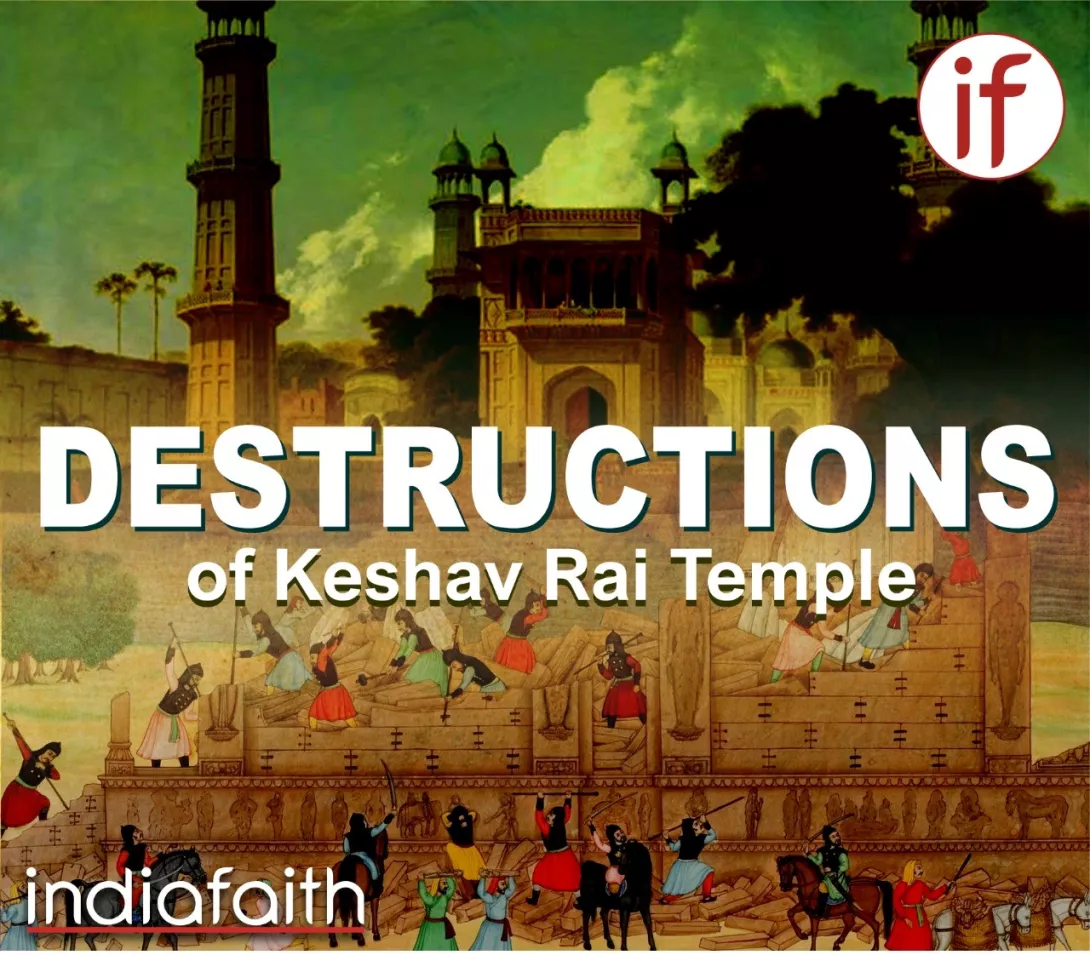
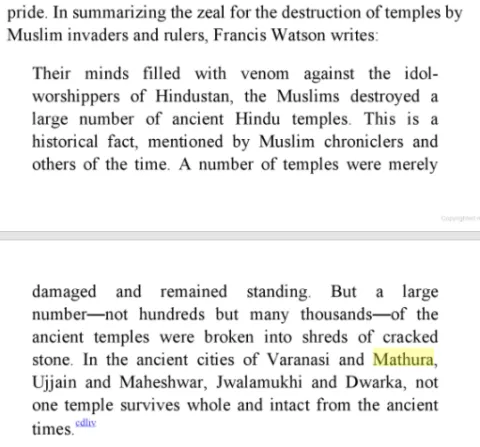
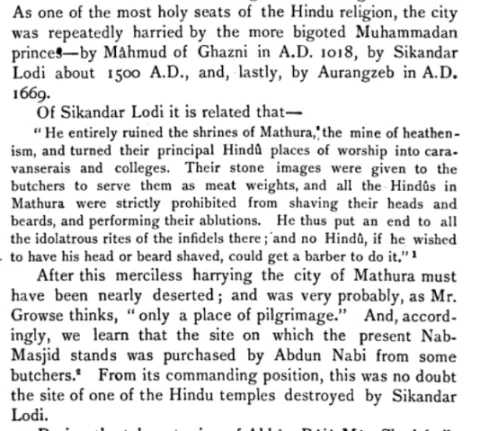
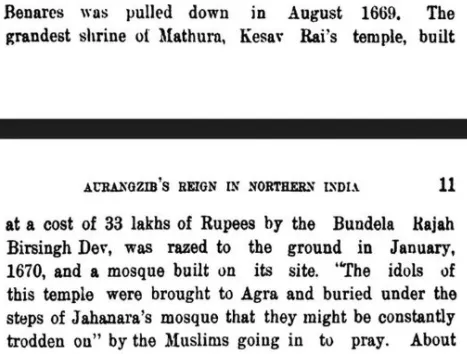
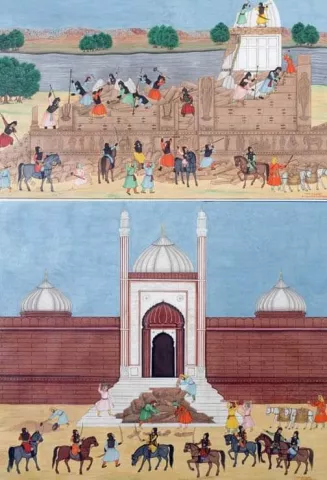

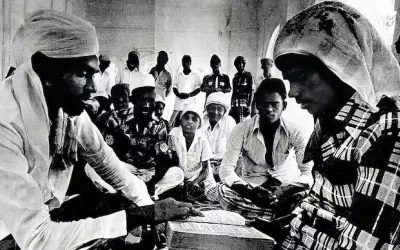


Comments
Add new comment